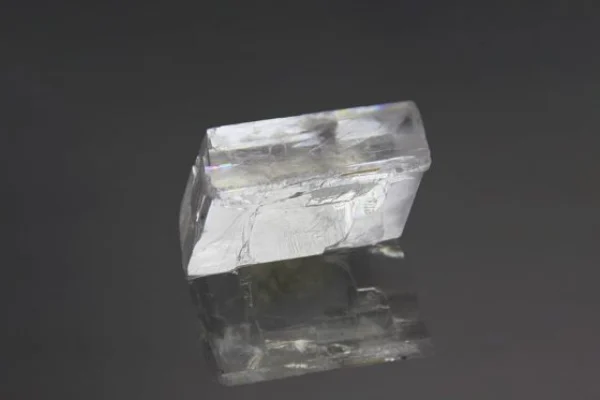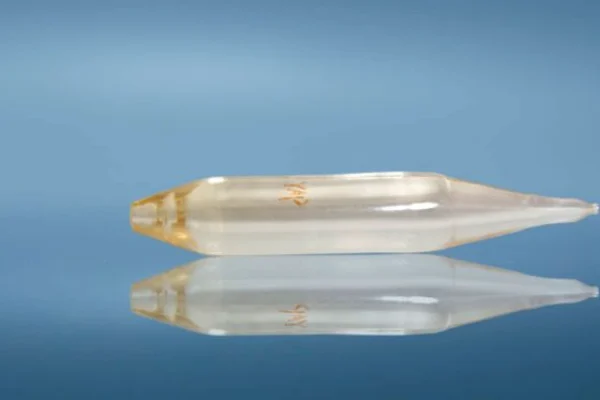Cr4+:YAG and Cr4+:YSGG: The Pioneering Chromium-Doped Laser Crystals Transforming Medical and Dental Fields
Introduction to Chromium-Doped Laser Crystals In the world of laser technology, Chromium-doped Yttrium Aluminum Garnet (Cr4+:YAG) and Chromium-doped Yttrium Scandium Gallium Garnet (Cr4+:YSGG) have emerged as two of the most promising contenders. These crystals, known for their superior laser performance, have found extensive applications in various fields, notably in medical and dental sectors. Understanding Chromium-Doped Crystals The process of doping, specifically chromium-doping, involves the introduction of chromium ions (Cr4+) into the crystal lattice of the host material. This process enhances the crystal’s optical properties, making it suitable for laser applications. The enhanced optical properties are a result of the interaction …






